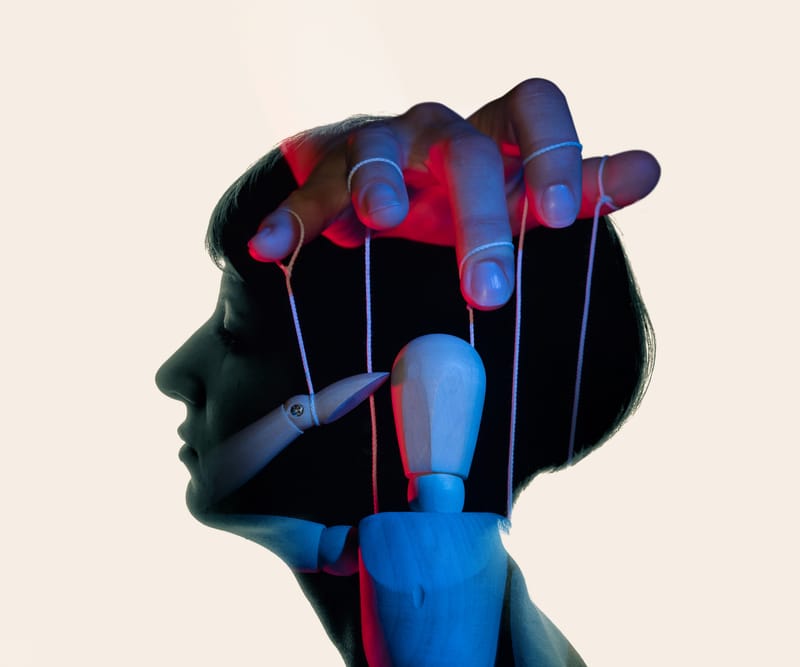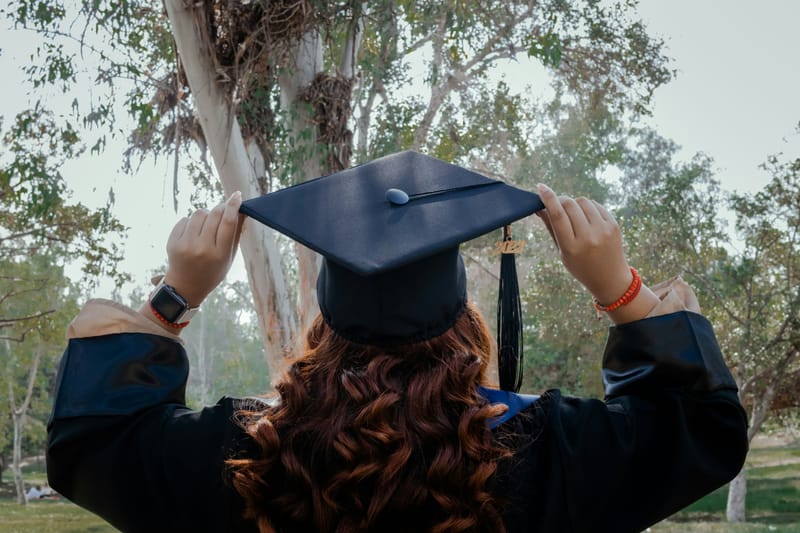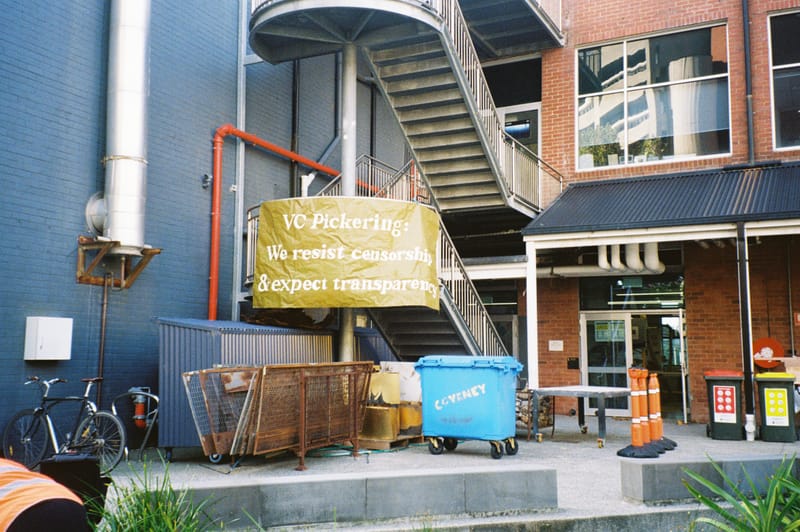Backlash as UNSW unit swaps paintbrushes for AI prompts
The new elective begs the question: can creativity be taught by a machine?
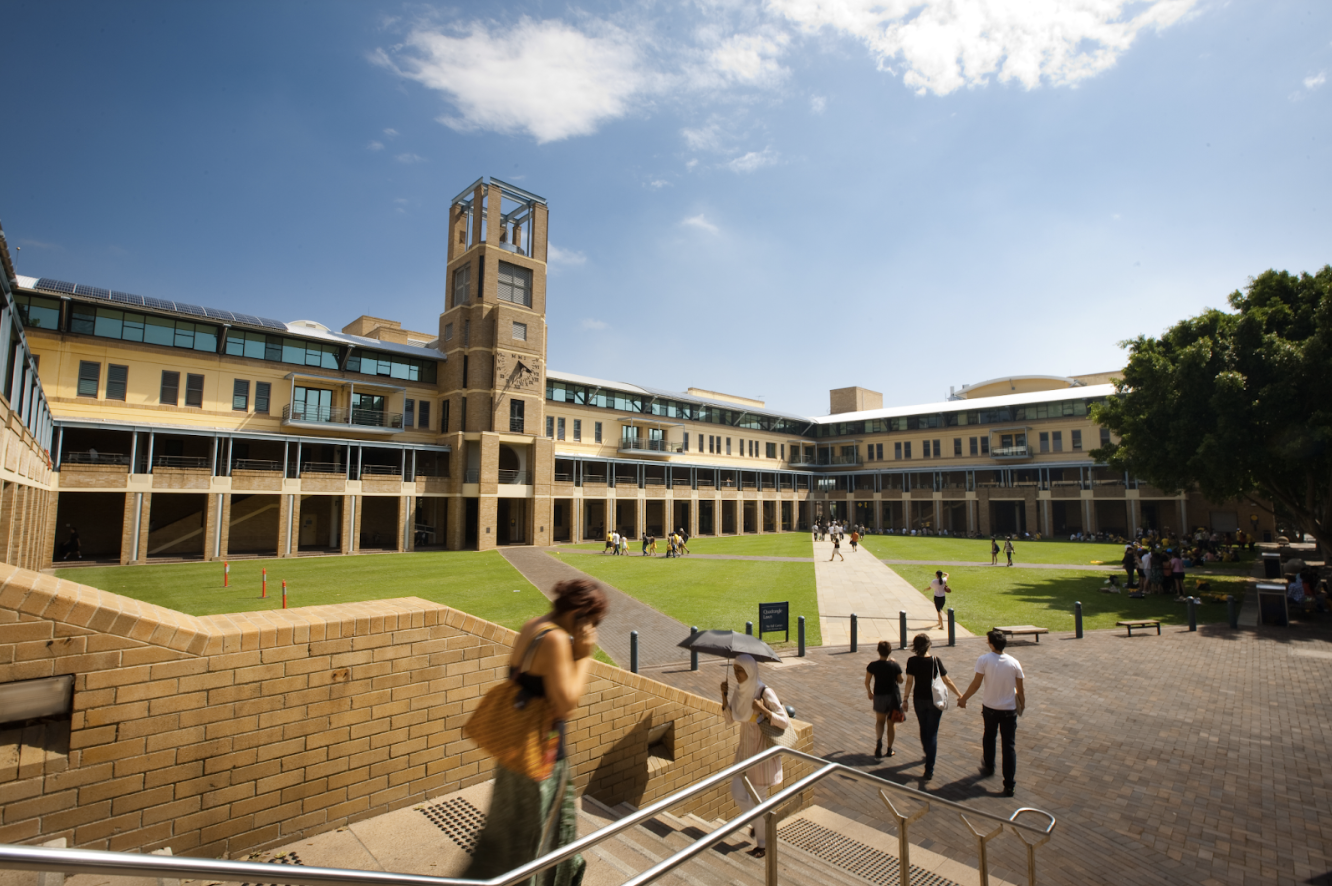
The University of New South Wales (UNSW) has come under fire for ignoring student demands to scrap a controversial new elective that teaches students to produce artwork using artificial intelligence (AI).
The unit, Generative AI for Artists, was launched by the Faculty of Art Design and Architecture this semester, encouraging students to experiment with AI in creating art.
The arrival of generative AI in art rooms raises a pressing question: can creativity be taught by a machine?
Not everyone is convinced.
Robin Chadwick, a fine arts student at UNSW, launched a petition in July to "Stop DART2252", which has gained almost 7,500 signatures.
The petition called on UNSW to “immediately cease” the unit before the next trimester begins, citing concerns about plagiarism, climate impacts and unethical AI usage.
Associate professor Jo Blannin, of Monash University's School of Curriculum Teaching and Inclusive Education, tells MOJO News that the educational effect of AI depends on its application.
Active AI use could boost "critical thinking, personal development or awareness of learning needs", Blannin says, while passive use "might do the opposite, where learners give away their agency to a computer algorithm and let it make too many decisions for them".
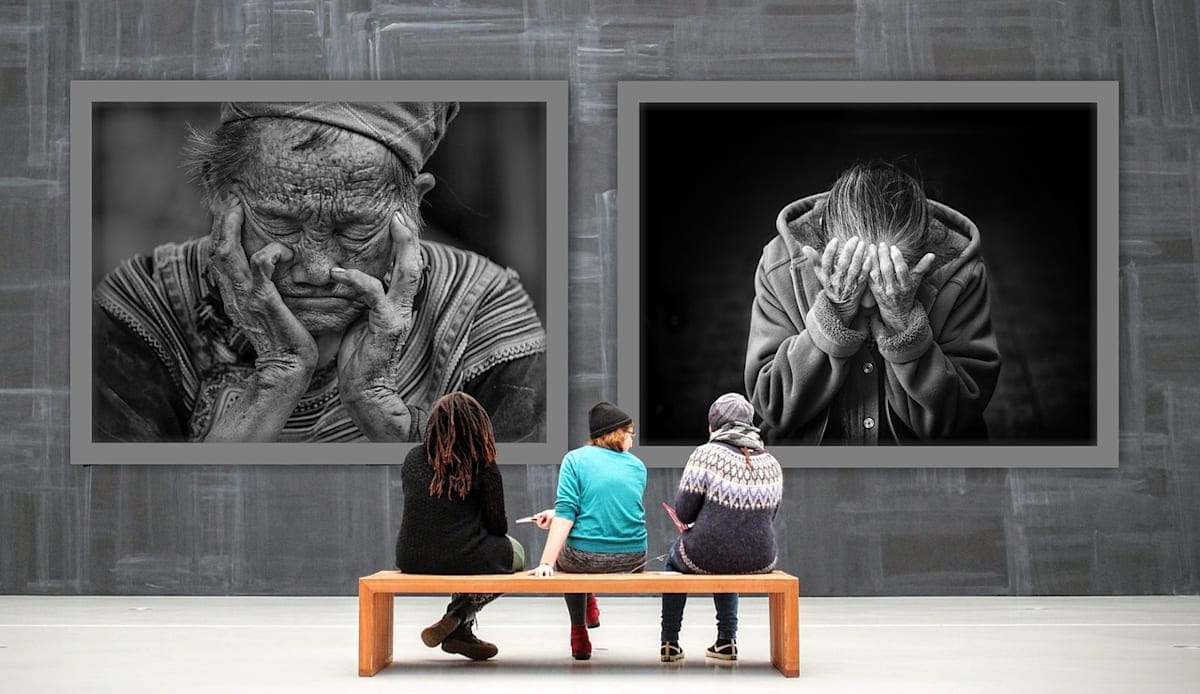
Despite the thousands of signatures, the only action taken so far has been from the Student Representative Council. It passed a motion calling for the course to be recalled and for a broader review of the environmental and ethical impacts of generative AI.
Chadwick posted to change.org that while the move falls far short of the petition's goals, it is a positive first step for frustrated students.
"I don't think it will dissuade UNSW from implementing broader AI integration, but I think it will have an impact on the Art Design and Architecture campus, at least," Chadwick says.
Angered, a commenter by the name of Kay posted to the petition page demanding attention to plagiarism concerns.
"We all need to remember where AI is getting its information from. Yes, 'real human artists' that have uploaded their creativity to the monster," Kay said.
The 'regeneration' and 'recycling' of human artwork are not new concepts.
Generative AI uses millions of existing human artworks to learn styles, a process critics argue amounts to mass plagiarism.
AI generators like MidJourney and Stable Diffusion have already faced lawsuits from artists who claim their work has been plagiarised.
Chadwick has no doubt this will be a reoccurring theme, telling MOJO News many students fear their artwork will also be stolen.
"Students worry that generative AI will feed off and imitate their art, despite their intellectual property rights," Chadwick says.
Over the past year, many have taken to social media to discuss the effect of 'AI yellowing', a theory that describes how AI regenerates from existing images that are tinged yellow. AI then creates a feedback loop that is seeing generated images becoming more and more 'yellow' over time.
The concept demonstrates how AI reproduces from simply the same set of images, rarely producing anything that is truly new.
Given the risks, Chadwick believes the UNSW subject launch is “insulting” to young artists.
"The idea that a university would teach this despite how detrimental it is to artists feels like a betrayal," Chadwick says.
In addition to this, the capabilities of AI may reduce employment prospects for young designers, according to creative director and long time graphic designer Britta Oldham.
"The actual workload has been completely obliterated,” Oldham says.
"These days you can just feed into Canva and it will spit out six to seven different layouts in milliseconds, so it's taken out the paid value of graphic design time," she says.
Oldham also believes generative AI devalues people's artistic skillsets.
"There's an expectation that it's really easy to design because, well, I just asked AI to do it and it just gave me this amazing creation," Oldham says.
A UNSW Arts alumni by the name of Erin cited similar concerns in their petition comments.
"I would have felt so frustrated putting effort into creating my own essays and art … only for the university to actively teach students how to avoid said effort, critical thinking and creative process," she said.
Despite these concerns, Oldham believes human-made artwork will always hold its value.
"People buy art because another person has produced something they own. I think there's something special about that," Oldham says. "That intimacy is lost when someone has written a prompt."
While risks exist, Blannin maintains that she is "big user and advocate of appropriate technology use" and hopes Monash can integrate AI in useful, positive ways.
For Monash students, the question remains whether AI courses would expand opportunities in the industry or diminish the value of human artwork.
UNSW was approached for comment, but has declined to respond.



